Is there lyfe on Mars? New concept broadens search for alien organisms0
- From Around the Web, Space
- July 31, 2020
Research suggests standard definition of life may be too restrictive for complexities of space

Research suggests standard definition of life may be too restrictive for complexities of space

An armada of exploration brings orbiters, rovers and a helicopter. While Mars may be some time away from human visitors, its robot population continues to swell
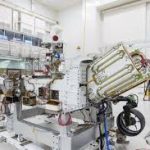
Radioactive plutonium is crucial for keeping this and other power-hungry deep-space missions warm and working for years on end
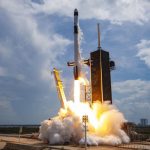
NASA has announced the astronauts that will fly on the third crewed SpaceX mission, revealing a multi-national crew of four that will travel to the International Space Station (ISS).
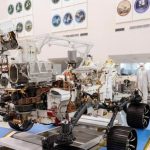
A Canadian scientist says helping NASA with a mission to Mars to look for signs of life is the fulfillment of a childhood dream.
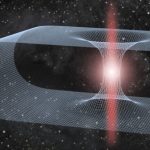
Hypothetical tunnels in spacetime could show up in LIGO and Virgo data

Nasa’s Perseverance rover, due to launch to Mars this summer, will search an ancient crater lake for signs of past life. But if biology ever emerged on the Red Planet, how will scientists recognise it? Here, deputy project scientist Ken Williford explains what they’re looking for.

Spacecraft or space rock?
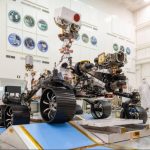
The nuclear power generator for NASA’s Perseverance rover has been installed on the spacecraft atop an Atlas 5 rocket at Cape Canaveral, and mission managers gave a green light Wednesday to continue preparations for the rover’s July 30 launch.



